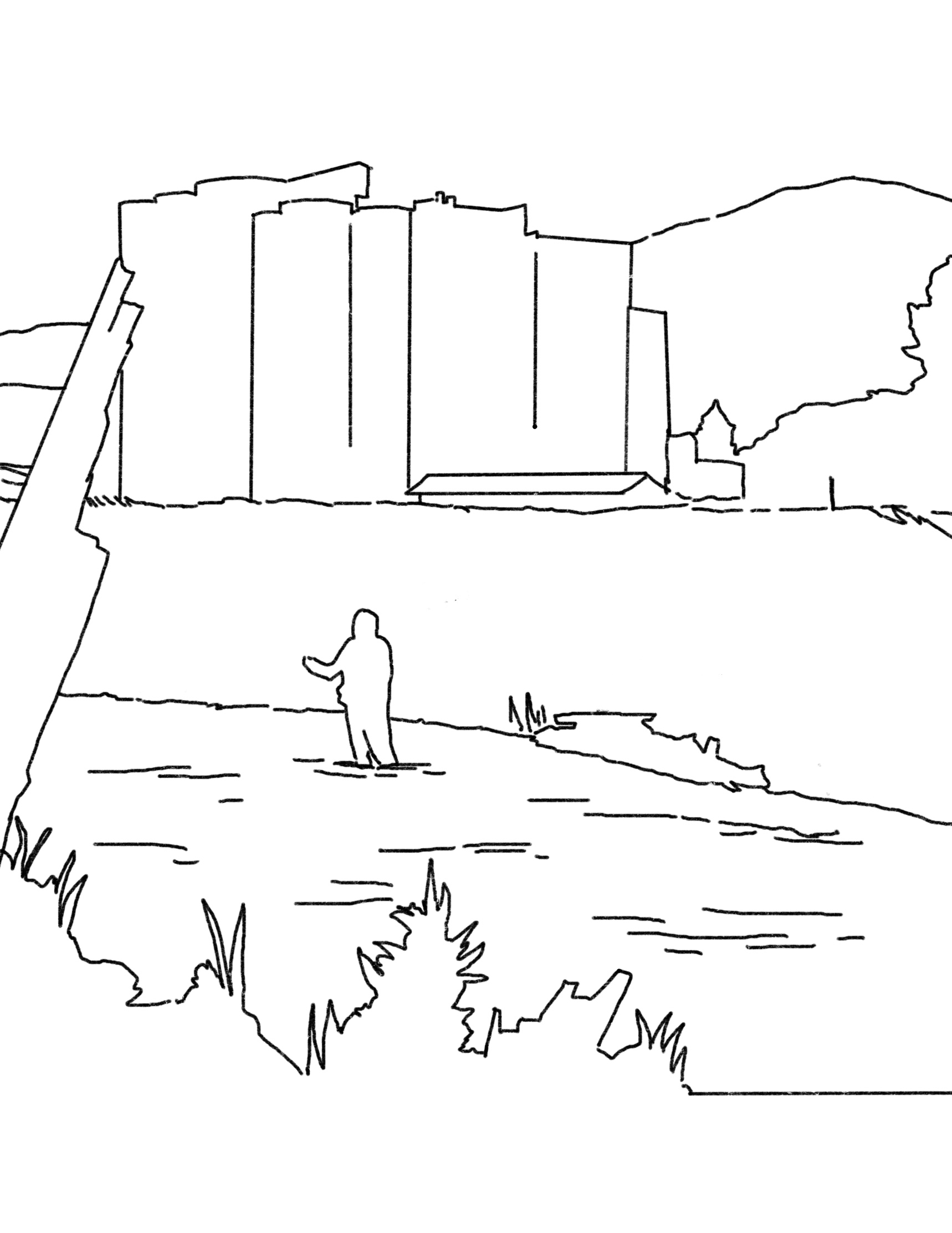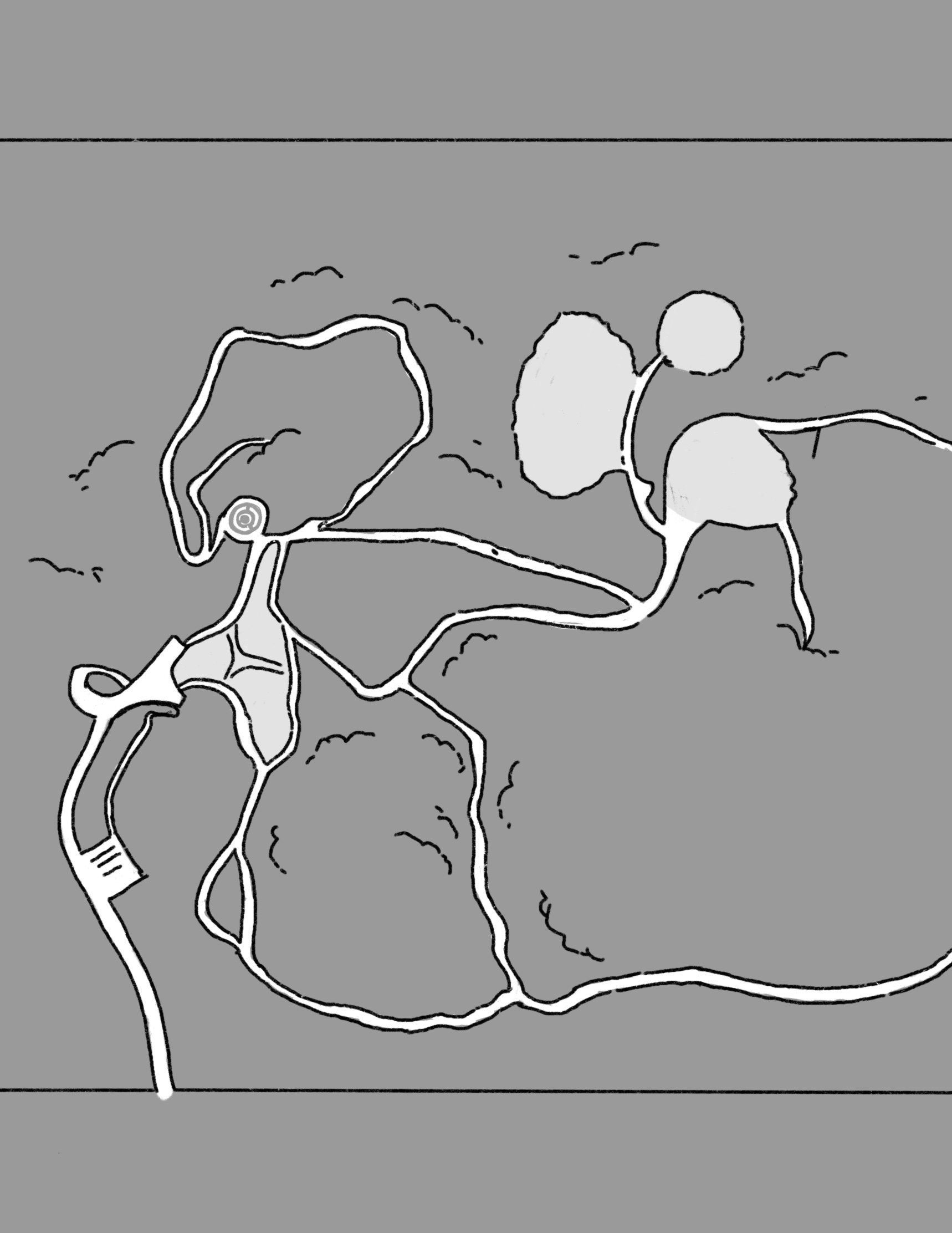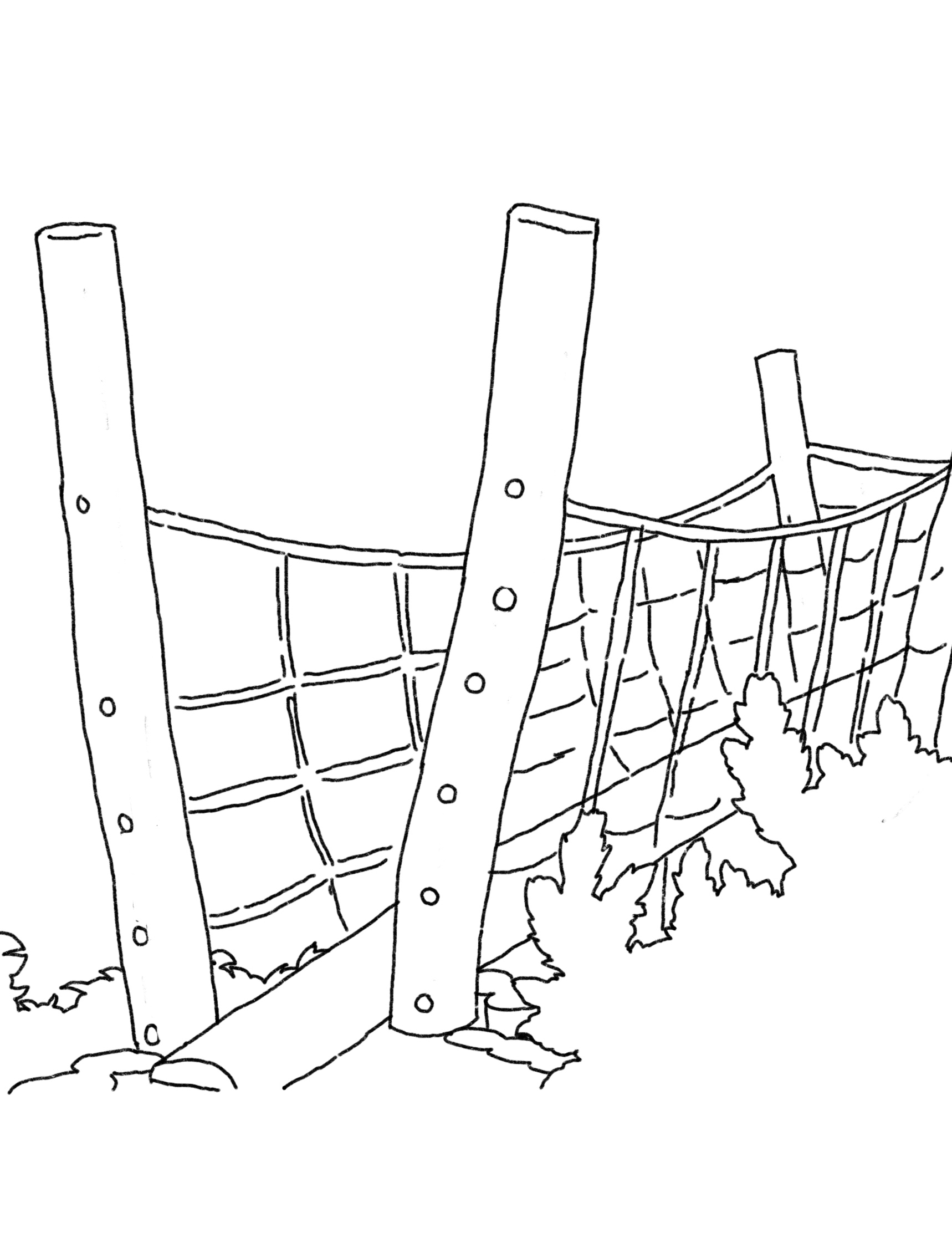Strategy
Mitigation
Preserve Undeveloped Land and Vegetation
Projects that prioritize the conservation of undeveloped lands by consolidating built elements can help optimize the natural process by which plant material and soils sequester and store carbon. Additional gains can be made by working with clients to create long-term land use guidelines and management plans.
Consolidate and reduce the development footprint
Options
...by siting buildings and impervious surfaces on previously developed areas of the site.
...by developing on edges near existing infrastructure to reduce the need for excavation and new infrastructure.
Case Study
For the design of Story Mill Community Park, Design Workshop consolidated much of the impervious surface to areas that had been developed previously when the site was a wheat mill and farm. In addition, 45% of park construction activities occurred within previously developed areas with 53% of the 60-acre site untouched by construction. The design limited disturbance, preserving greater sequestration capacity.

Put land into long-term conservation
Options
...with a conservation easement.
...with a land trust.
...with a land donation.
...with a private reserve.
Case Study
Today, the Golden Gate National Recreation Area is a 90,000-acre park straddling the inlet to San Francisco Bay. In the 60s, as development pressures were increasing on private lands, several nonprofits and land trusts acquired land for conservation. These were consolidated with military surplus lands in a proposal to make an urban national park. SWA Group completed a comprehensive inventory and analysis of natural, social, and cultural resources in the Northern Unit, and made recommendations for strategic land conservation and management. Today, the GGNRA sequesters more than 75,000 metric tons of CO2 annually.

Preserve or conserve existing biomes
Options
...such as mature tree stands or forests.
...such as native grasslands.
...such as wetlands (coastal, marsh, mangroves, seagrasses, freshwater, peat bogs, swamps).
Case Study
Fletcher Studio helped design a cemetery alternative within a mature forest in Northern California. Better Place Forests’ novel model buys land, puts it into long term conservation, and tags trees with memorial markers where families can place ashes. At this 40-acre site, the design is minimally invasive, allowing families to orient, reflect, and commemorate without significantly impacting the large Coast Redwoods. A forest conservation team works to maintain the forest ecosystem.

Specify sustainably harvested wood
Options
Case Study
Specifying materials has effects on forest sequestration offsite. At Children’s Garden at the Royal Botanical Gardens, Kew, Ground Control worked with play manufacturer Duncan and Grove to build four play areas using only hardwood from FSC certified mills or that was reclaimed. Robinia, from commercial nurseries in Europe, was stripped of bark and sapwood to reveal the naturally durable heartwood and used in many ways in the playground equipment.
